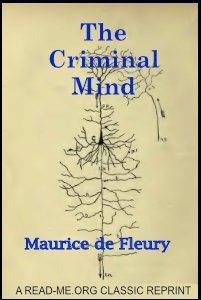By Sjoukje van Deuren, Robby Roks & Teun van Ruitenburg
Outlaw biker clubs have drawn considerable attention of law enforcement agencies across European countries. Despite law enforcement efforts, the popularity of the outlaw biker subculture has been on the rise recently. There is, however, still little understanding of how individuals become engaged in the outlaw biker subculture. Using unique data from interviews with current members of the Dutch Hells Angels (N = 24), this article addresses the entry mechanisms into the club and how individuals become full-patched members. The results show that active recruitment by the Hells Angels MC and gradually growing into the club’s membership are common entering mechanisms. Pre-existing social ties, both on the club and the individual level, play a significant role for involvement in Dutch Hells Angels membership. Moreover, the Dutch Hells Angels apply various mechanisms to establish the trustworthiness, loyalty, and suitability of a person before becoming a full-patched member of the club.
Trends in Organized Crime, 2024.








